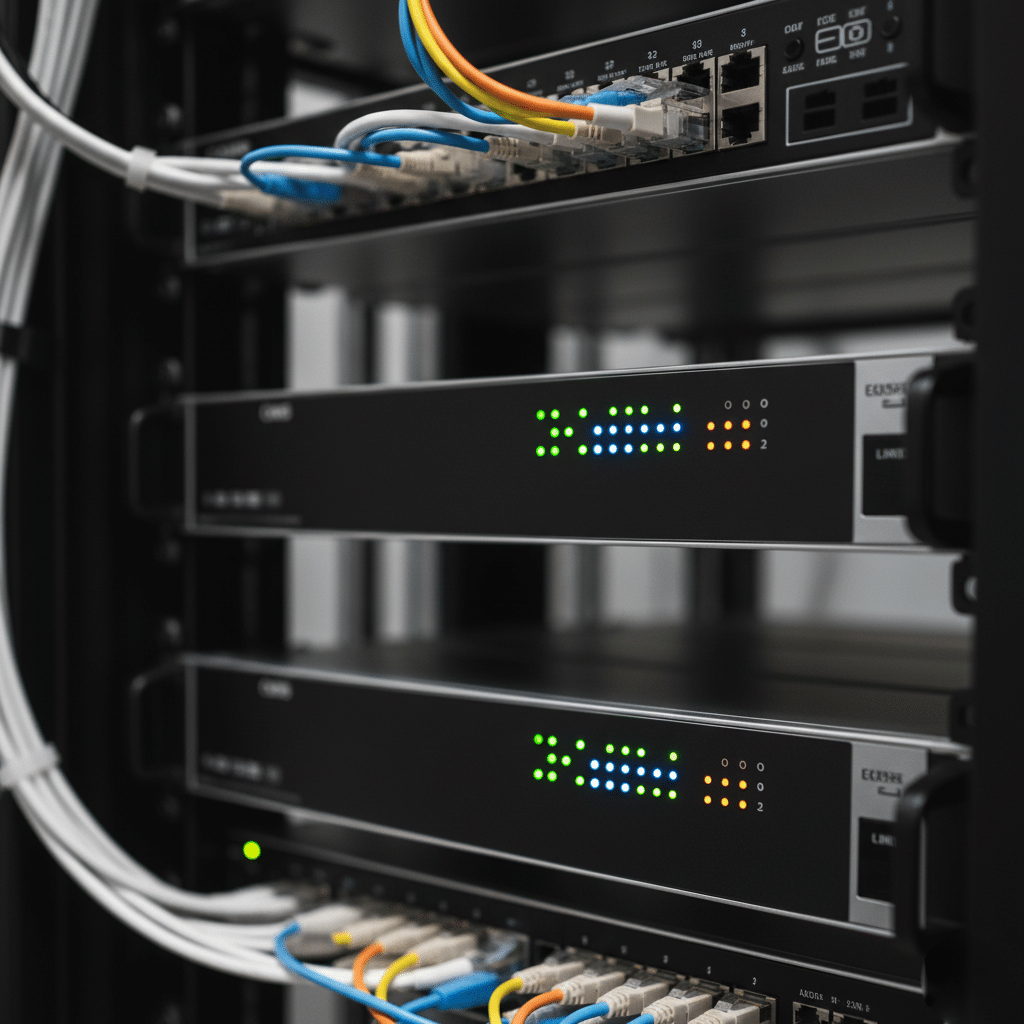Technology is at the heart of every modern business. For small to medium-sized enterprises (SMEs), how you manage Outsourced IT can either streamline growth or choke it with complexity and cost. One of the biggest strategic decisions SMEs face is whether to build an in-house IT team or outsource to a managed service provider (MSP). Each approach has its strengths and trade-offs, and the right choice depends on your company’s size, goals, and resources.
This post breaks down both options to help you make a smarter, informed decision.
What is In-House IT?
In-house IT means employing a dedicated team of professionals within your company to manage your IT infrastructure. These employees are on your payroll, working full-time or part-time to handle day-to-day tech needs, support, security, network management, and more.
Pros of In-House IT:
- Full control: You oversee all systems, processes, and personnel. Customization and direct accountability are easier.
- Faster response: Your team is on-site and can troubleshoot issues immediately.
- Deep company knowledge: Internal staff are immersed in your business, culture, and systems, which can lead to more tailored solutions.
Cons of In-House IT:
- High cost: Salaries, benefits, training, and turnover costs add up fast. A single hire might cost $60k-$120k annually.
- Recruitment challenges: Finding qualified tech talent is time-consuming and competitive.
- Limited expertise: A small team can’t cover every area of IT (cybersecurity, cloud, compliance, etc.) with equal depth.
What is Outsourced IT?
Outsourced IT involves contracting a third-party company (MSP) to manage some or all of your IT functions. Services often include 24/7 help desk support, cloud management, cybersecurity, hardware procurement, and strategic IT planning.
Pros of Outsourced IT:
- Cost efficiency: You pay a predictable monthly fee, usually much lower than maintaining a full team.
- Access to expertise: MSPs bring specialists in every field—networking, security, compliance, cloud services, and more.
- Scalability: Need to scale up or down? MSPs adjust service levels easily as your business changes.
- 24/7 monitoring: Many MSPs offer round-the-clock support, which can be critical for uptime and security.
Cons of Outsourced IT:
- Less control: You’re depending on an outside firm to manage critical infrastructure.
- Potential for slower response: Not all MSPs are equally responsive, especially in lower-tier service plans.
- Onboarding curve: The MSP will need time to learn your systems, and the relationship takes time to gel.
Cost Comparison
Let’s talk numbers. For SMEs, budget matters. Here’s a rough breakdown:
- In-House IT Team: Hiring just two IT staff can cost $150,000+ annually, not including software, hardware, or training.
- Outsourced IT (MSP): Monthly plans range from $1,000 to $5,000 depending on service levels, usually totaling $12,000 to $60,000 per year.
For many SMEs, outsourcing delivers far more value per dollar.
Security and Compliance
Cybersecurity threats are evolving fast, and compliance requirements (like GDPR, HIPAA, PCI-DSS) are getting stricter. A typical in-house team might struggle to stay current and enforce robust policies.
MSPs, especially those focused on security, usually have access to advanced tools, regular training, and the experience to implement best practices across multiple clients. For SMEs without deep internal security resources, outsourcing can mean stronger protection.
Business Continuity and Disaster Recovery
Downtime is expensive. Whether it’s a server crash, ransomware, or a natural disaster, how quickly you recover matters.
Outsourced IT providers often include backup, disaster recovery, and business continuity planning in their services. That means if disaster strikes, your data is protected, and recovery time is minimized.
In-house teams can implement similar plans, but it requires budget, experience, and discipline to maintain.
Flexibility and Growth
Outsourcing allows SMEs to punch above their weight. You can adopt enterprise-level solutions without needing a large internal team. MSPs also help businesses stay current with tech trends, from remote work solutions to cloud migration.
With in-house teams, scaling often means hiring more staff or investing in training—which takes time and money.
When In-House IT Makes Sense
- You have 100+ employees and IT is core to your product/service.
- You need full control over proprietary systems or sensitive data.
- You can afford to invest in recruitment, training, and retention.
When Outsourced IT Makes Sense
- You have under 100 employees and a tight IT budget.
- You need broad IT expertise and 24/7 support.
- You want to focus on growing the business, not managing IT.
Hybrid Models: The Best of Both?
Some SMEs go hybrid: a small internal team handles daily support and strategy, while an MSP covers specialized services and 24/7 monitoring. This model balances control with cost and capability.
Final Thoughts
There’s no one-size-fits-all answer. But for most SMEs, outsourced IT offers better value, broader expertise, and scalable support. In-house IT gives you control but requires a bigger investment.
The smartest move? Assess your current IT needs, budget, and growth plans. Don’t just default to the familiar. The right IT model should enable your business—not hold it back. Contact ACE Networks, we can support you in this decision.

